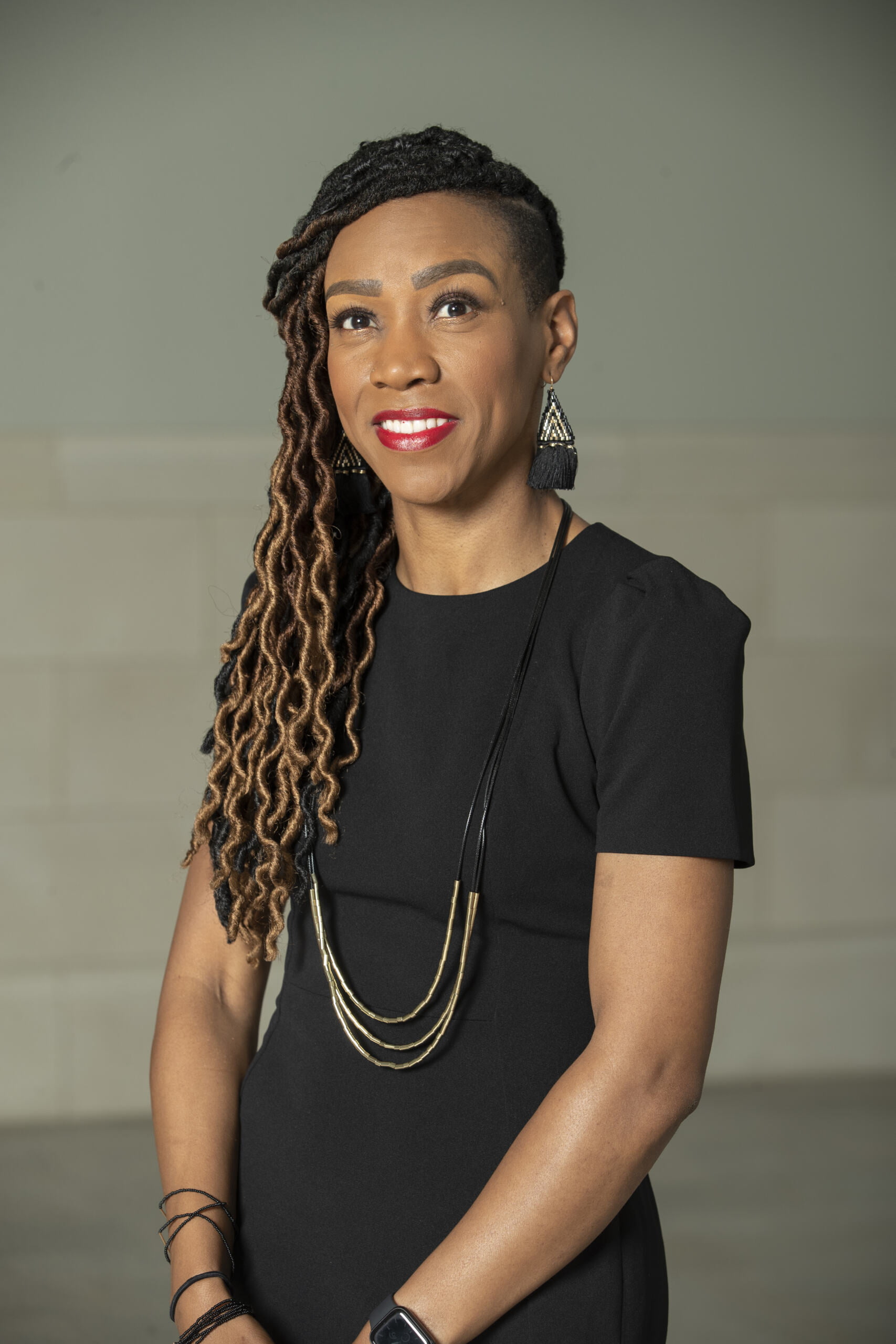The construct of race continues to be a primary means by which we categorize and judge people.
As I observed yesterday, on the altar of race is sacrificed our real selves, our inherent relationships with each other and our natural connection to God. We deny ourselves to pick up the privileges of race. This is our reasonable service (see Romans 12:1).
But, there is an unspoken but understood conflict. It is a well-guarded lie and nothing of our faith is allowed to interact with it. Our faith is not allowed to question it.
Instead, we incorporate race into our faith. We try to put the two together, becoming half-race and half-Christian.
We are the temples of race, worshipping our skin, the texture of our hair, the size of our lips, the shape of our eyes and nose.
Sin functions here when we are deluded into making an idol of our condition and physical appearance.
In so doing, I and others like me become the standard by which other human beings are assessed, as Susan E. Davies and Sister Paul Teresa Hennessee, S.A., observed in “Ending Racism in the Church.”
We give up looking for the image of God within us and settle for the cheap duplications of race.
We all conform our bodies to the image of whiteness, in hopes of attaining a social perfection.
“Historically, the church has tended to accept race and agree with its conclusions regarding humanity while affirming the creation narrative in Genesis and claiming the believer’s position as redeemed in Christ. Instead of challenging the use of race in society and ensuring that it has no place (in our understanding) of the kingdom of God, we have tended to create theories, theologies, denominations and worship services that support the social construct of race and its progeny,” I observed in a chapter published in “Faith Forward: A Dialogue on Children, Youth and a New Kind of Christianity.”
“Winthrop Jordan wrote of ‘this fusion of religion and nationality,’ saying, ‘From the first, then, the concept embedded in the term Christian seems to have conveyed much of the idea and feeling of we against they: to be Christian was to be civilized rather than barbarous, English rather than African, white rather than black. (By the early 1700s), Christianity had somehow become intimately and explicitly linked with complexion.’”
Kameron Carter writes in “Race: A Theological Account” on “the theological problem of whiteness” and recounts “how whiteness came to function as a substitute for the Christian doctrine of creation, thus producing a reality into which all else must enter.”
Whiteness became a kind of birth canal, wherein persons were given a new name and language, extended the opportunity to start over again and become a part of a whole new world.
Becoming white would erase their history and secure them a life free of hardship and struggle. They needed only to call on the name of white.
White became savior. So, it seems only natural that God would begin to reflect this social belief and practice. We started creating God in the image of race.
Many of us believe that Jesus comes in colors, and the Spirit of God behaves and interacts with us according to our cultural traditions.
Kelly Brown Douglas argues that there is a Black Christ and a White Jesus in her book, “The Black Christ.”
Never mind his suffering on the cross; God is not with us if God does not look like us. If Jesus is to prove his commitment to us, then he must be the same color as us. We put Christ in the middle of this race war.
So real and thorough has been this kind of pseudo-religious indoctrination that William R. Jones titled his book, “Is God a White Racist?”
The social construct of race makes us question the character, abilities, intentions and will of God.
But, Edward J. Blum and Paul Harvey rightly capture and catalogue the inclusion of Jesus into the white race in their book, “The Color of Christ: The Son of God and the Saga of Race in America.”
“By wrapping itself with the alleged form of Jesus, whiteness gave itself a holy face. But, he was a shape-shifting totem of white supremacy,” Blum and Harvey write. “The differing and evolving physical renderings of white Jesus figures not only bore witness to the flexibility of racial constructions but also helped create the perception that whiteness was sacred and everlasting.”
They add, “With Jesus as white, Americans could feel that sacred whiteness stretched back in time thousands of years and forward in sacred space to heaven and the second coming.”
And this idea carried over to other cultures, who also made Christ in their image.
Our faith in race has become a supplement to our Christianity.
But the truth is race draws our attention away from God and to ourselves. Our sanctification by race through the social coloring of skin, that is whiteness, is an external perfection and ultimately, we are bowing to ourselves.
We continue to believe in race because we believe in us and our goodness apart from God. Our belief in race puts confidence in our flesh (see Philippians 3:3).
The social construct of race is but a representation of our desire to rule and to be like God. And the church says, “Amen.”
Editor’s note: This is the second of a two-part series. Part one is available here. This article is adapted from a paper presented to the Baptist World Alliance’s Commission on Racial and Gender Justice during BWA’s 2018 annual gathering (July 1-7, 2018, in Zurich, Switzerland).
Director of The Raceless Gospel Initiative, an associate editor, host of the Good Faith Media podcast, “The Raceless Gospel” and author of Take Me to the Water: The Raceless Gospel as Baptismal Pedagogy for a Desegregated Church.


